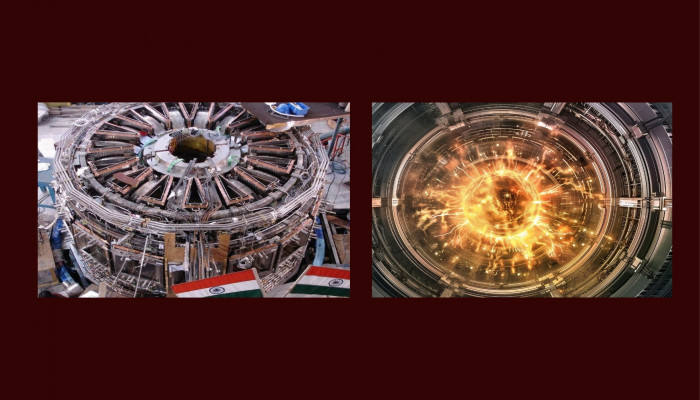Did a quick research on PHWR as its stands today in the world.
Only India is actively building (5 x 630MW) and planning more (8 x 630 MW) reactors of this design type (PHWR).... with the current series known as IPHWR-700.
Romania has 2 planned, but these are restarting unfinished projects ordered from Canada (CANDU-6) in thee 1980s, they operate 2.
============================================================================================================
Operational MW (reactor number)
Building MW (number)
Planned MW (number)
Shutdown MW (number)
Roughly:
Argentina:
O: 1600 MW (3)
Canada:
O: 15000 MW (19)
S: 1850 MW (6)
China:
O: 1350 MW (2)
Germany:
S: 50 MW (1)
India:
O: 5700 MW (19)
B: 3150 MW (5)
P: 5000 MW (8)
Pakistan
S: 90 MW (1)
Romania:
O: 1300 MW (2)
P: 1300 MW (2)
South Korea:
O: 2000 MW (3)
S: 657 MW (1)
Sweden:
S: 10 MW (1)
USA:
S: 17 MW (1)
Only India is actively building (5 x 630MW) and planning more (8 x 630 MW) reactors of this design type (PHWR).... with the current series known as IPHWR-700.
Romania has 2 planned, but these are restarting unfinished projects ordered from Canada (CANDU-6) in thee 1980s, they operate 2.
============================================================================================================
Operational MW (reactor number)
Building MW (number)
Planned MW (number)
Shutdown MW (number)
Roughly:
Argentina:
O: 1600 MW (3)
Canada:
O: 15000 MW (19)
S: 1850 MW (6)
China:
O: 1350 MW (2)
Germany:
S: 50 MW (1)
India:
O: 5700 MW (19)
B: 3150 MW (5)
P: 5000 MW (8)
Pakistan
S: 90 MW (1)
Romania:
O: 1300 MW (2)
P: 1300 MW (2)
South Korea:
O: 2000 MW (3)
S: 657 MW (1)
Sweden:
S: 10 MW (1)
USA:
S: 17 MW (1)







